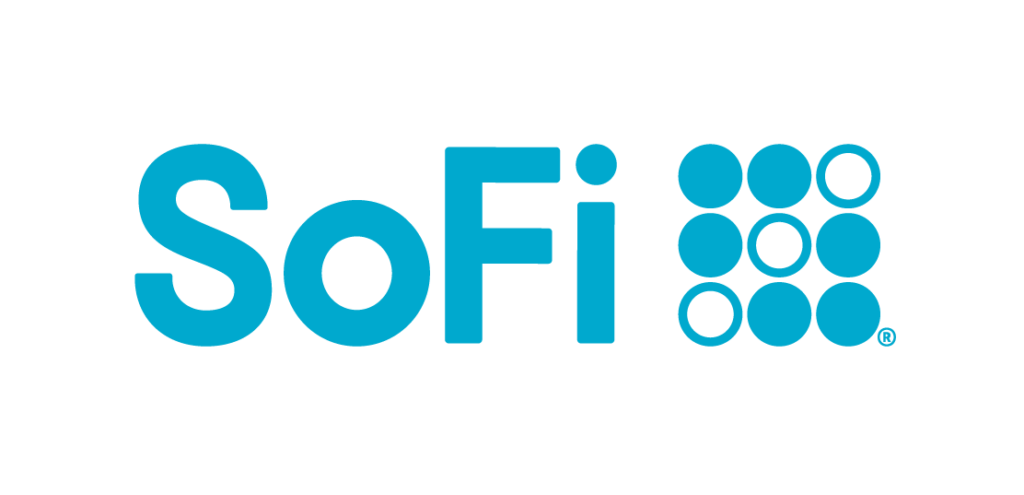SoFi Personal Loan Collateral 2022
Personal loans are classified as either collateralized or uncollateralized.
In general, collateral is something of value that is used as security for loan repayment.
In the event of a default, the bank or lender may be able to seize the borrower’s property.
A loan that requires collateral is commonly referred to as a “secured loan.” When it does not, it is referred to as a “unsecured loan.”
The level of security is determined by the bank or lender; an unsecured loan may be less secure to them because it is “secured” solely by a person’s personal financial picture rather than a tangible asset like a car or a house, and they take that into account when making the loan.
The parameters for secured and unsecured loans at a bank or lender are likely different, so you should inquire about what they offer and whether you might qualify.

When people talk about personal loans, they usually mean unsecured personal loans.
Because these loans are not collateralized, they may have higher interest rates or be more difficult to qualify for than secured personal loans.
Personal loans, however, may be subject to collateral requirements by some lenders and banks.
Anything from cars to real estate can be used as collateral and seized if you fail to make your loan payments.
This is the tradeoff you should think about: You may lose your property if you put it on the line, but taking that risk may qualify you for a lower interest rate. This is why:
Collateral provides additional assurance to your lender that they will be paid back.
On the other hand, providing collateral can have unintended consequences. Some lenders, for example, may require you to have additional insurance in case the collateralized property is damaged.
SoFi Personal Loan Application Guide
1. Maintaining a Stable Income
Although the exact formula varies, lenders typically prefer borrowers with a consistent source of income. If you intend to apply for a personal loan, now is not the time to switch careers.
If there are other ways to supplement your income in the meantime, this may also be beneficial.
Increasing your cash inflow may make you a more desirable borrower in the eyes of a lender, whether that means asking for a raise or taking on part-time work, though not all income is considered eligible to use in loan qualifying.
2. Getting a Co-Signer or Co-Borrower
In a nutshell, a co-signer is someone who agrees to pay the loan if you fail to do so.
A co-borrower is someone who lives with you and takes out the loan with you—their name is on the loan, and you both must repay it.
Both may increase your chances of qualifying for a personal loan because lenders see them as an additional layer of repayment security.
Before bringing someone else into the picture, check with the lender to see if a co-signer or co-borrower is permitted, and then carefully consider the advantages and disadvantages.
If you fail to make a payment, your co-credit signer’s score may suffer as a result.
If you default, a co-borrower will be required to repay the loan. There are risks for the primary borrower as well: defaulting on the loan may harm their credit score and result in a lawsuit for collections or wage garnishment.
3. Improving Your Credit Score
If your credit score is less than ideal, you should work to improve it.
A possible first step would be to remove any incorrectly reported late payments or delinquencies.
Check your credit history for errors such as fraud, misreporting, or a card opened in your name by mistake.
You could then ask the credit reporting agencies to correct any errors you find.
Credit score improvement can take time. Make every effort to pay all bills on time.
Paying off your credit cards in full each month may also help.
Another strategy is to reduce the amount of debt you have in relation to your credit limits. You could start by paying down your balance as much as possible.
Making a game plan for debt repayment is an excellent next step. The avalanche, snowball, and snowflake are three well-known debt-reduction strategies.
With the debt avalanche, you’d start with the debts with the highest interest rates and work your way down (paying at least the minimum balances on everything else, of course). The goal is to save as much money as possible on interest. The debt snowball is a unique method that relies on motivation and psychological momentum.
With this method, you’d work towards paying off your smallest debt first, again while still making payments on all your other debts, hopefully creating a feeling of success that will catalyze paying off larger and larger debts, until all your debts are paid off.
The debt snowflake operates differently from the other two, since it can be applied to either.
Using whatever small amounts of cash or windfall on hand at any given time, you’d make extra payments towards your debt wherever and whenever possible.
And of course you’ll want to make sure you’re still making at least the minimum payments on all your debts each month.

